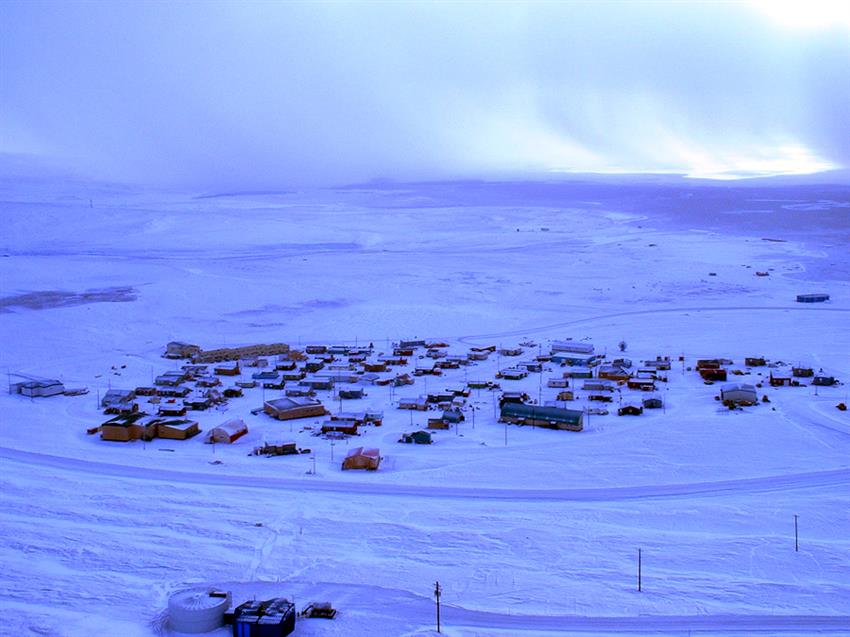Remote healthcare in space and on Earth: a shared reality that calls for innovative solutions
To maintain their physical, mental, and social well-being, astronauts living and working on the International Space Station (ISS) have ready access to medical support.
Currently, crews on the ISS are dependent on Earth:
- A team of doctors on the ground provides continuous medical support.
- Resupply missions, carrying items such as medication, arrive regularly.
- Emergency evacuation is always an option.
But living in the extreme environment of deep space is far from easy. As humanity explores farther into our solar system, keeping crews healthy becomes increasingly complex.
Autonomous medical care in space
Astronauts travelling to destinations like the Moon and Mars will experience longer communication delays with doctors on Earth. This may leave crew to make urgent decisions and take emergency medical action independently. Resupply missions and emergency evacuations will also be much less frequent or no longer possible.
Space medicine must evolve to increase crews' autonomy, or independent ability, to keep themselves healthy with little to no external support.
Canadian Space Agency (CSA) astronaut David Saint-Jacques describes the challenges of remote healthcare delivery, and sheds light on how technologies developed in Canada could help improve healthcare on Earth and during deep-space missions. (Credits: CSA, NASA, Canadian Armed Forces/Department of National Defence)
Shared challenges with Earth
The need for increased medical autonomy is not unique to space travellers. Remote and medically isolated populations – including northern and Indigenous communities – experience many of the same barriers found in space.
These may include:
- limited medical equipment and resources
- communication delays or difficulties
- lack of access to medical expertise
- limited possibility of emergency evacuations
These challenges make it more difficult for people living and working in remote communities to get the care they need.
Doctors in these communities could use improved telemedicine technologies and other tools to provide a range of care, from routine exams to serious emergency treatment.
Autonomous medical care could help the health professionals in these distant areas diagnose and treat patients right in their communities.
The COVID-19 pandemic challenged many aspects of Canada's healthcare system. Issues typically associated with rural areas also emerged in urban centres throughout the pandemic. Technologies designed to provide direct access to key healthcare resources could help Canadians across the country stay healthy moving forward.

Resolute, Nunavut, is Canada's second northernmost community. Like many other remote communities, Resolute is located thousands of kilometres from urban medical facilities. In the case of a major medical emergency, a patient from Nunavut may require transportation via multiple flights to a hospital in Ottawa, Ontario. These journeys are hours long and cross provinces, climates, cultures, and healthcare systems. They also take a toll on patients and accompanying loved ones. (Credit: NATO Association of Canada)
Innovative solutions
Through the Health Beyond Initiative and the participation of many innovative Canadian collaborators, the CSA aims to co-develop state-of-the-art medical technologies that could be used for future deep-space missions. These technologies will also help tackle existing healthcare challenges in remote communities on Earth by bringing medical care to patients, right where they are.
In space and on Earth, medical autonomy is more than a luxury – it is a necessity. With the right technology and innovative approach, it can become a reality.
